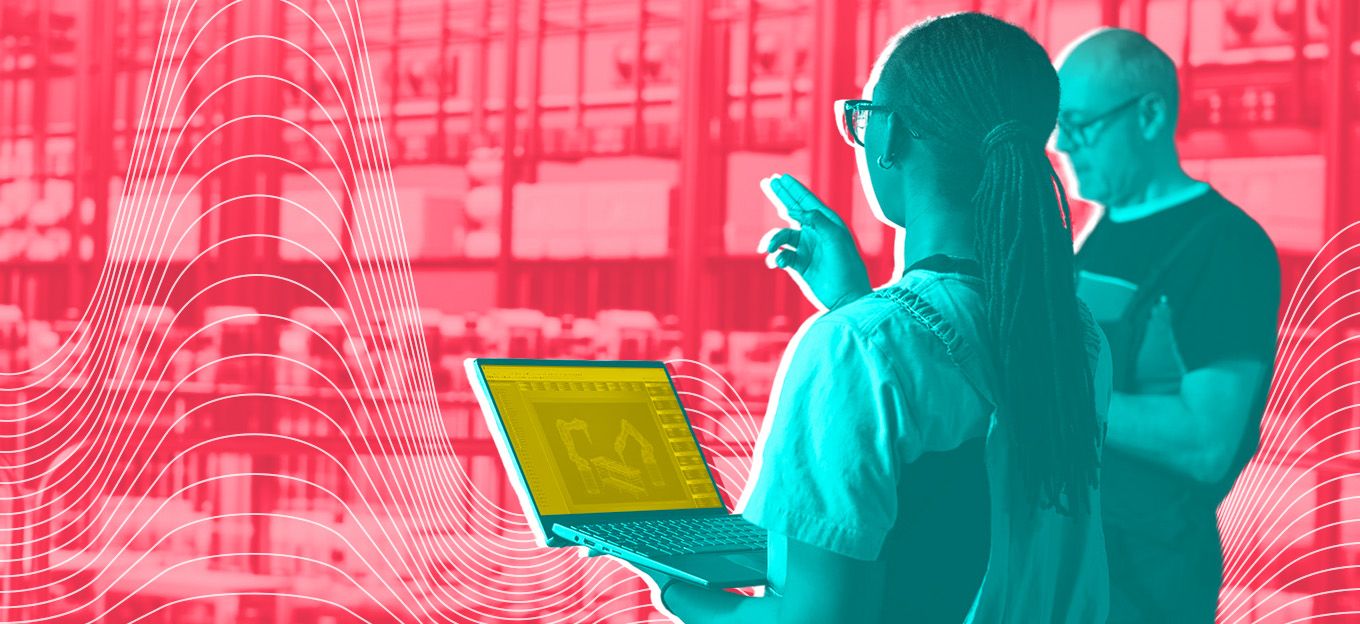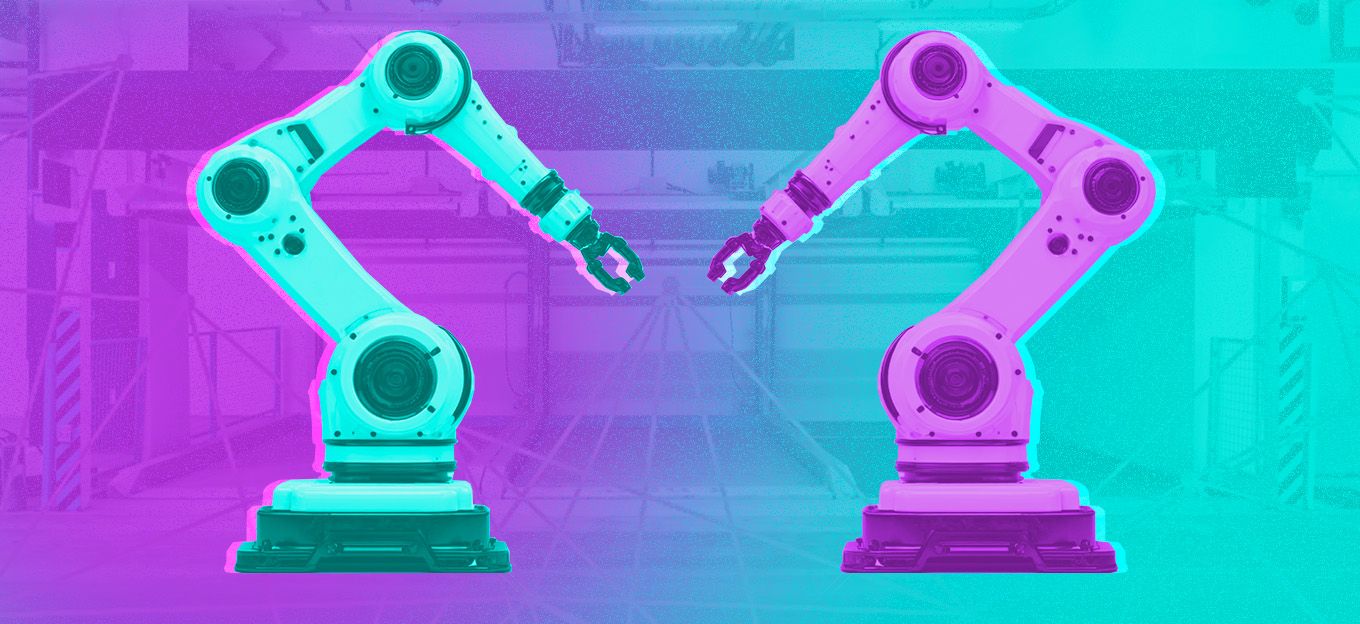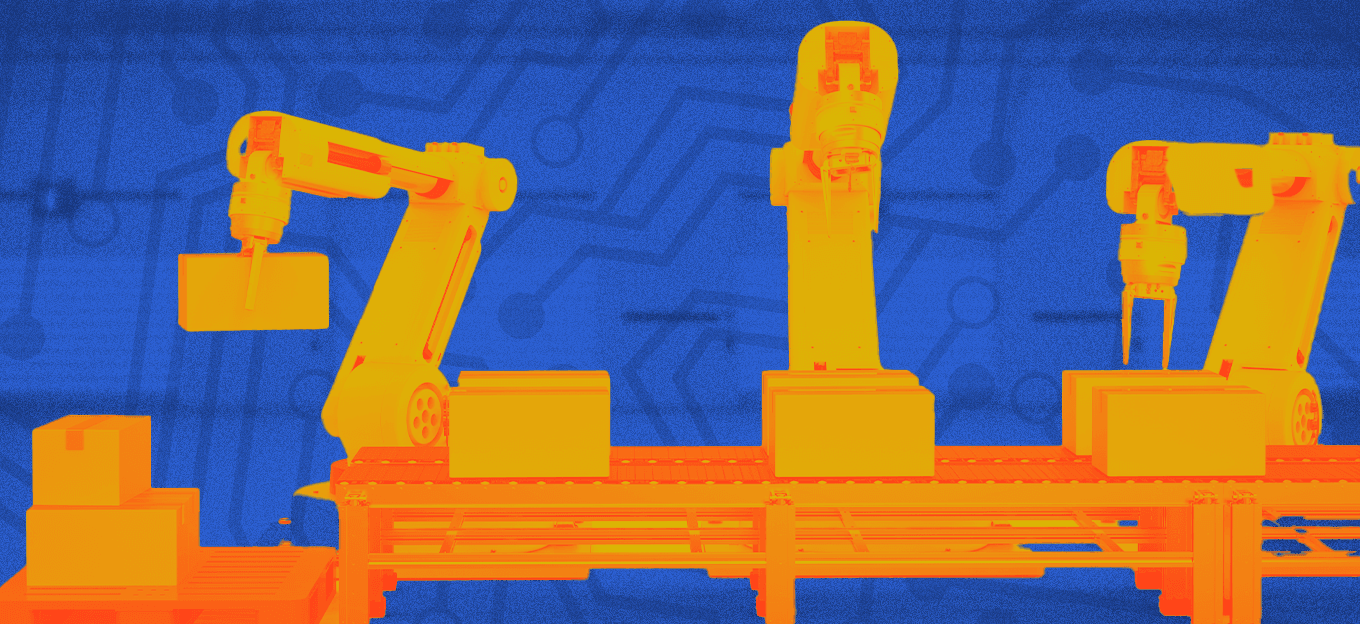Towards Proof-Of-Value: A Tale of IIoT Maturity
Towards Proof-Of-Value: A Tale of IIoT Maturity
- Last Updated: December 2, 2024
Martin Keenan
- Last Updated: December 2, 2024



IIoT deployments are moving fast up the maturity chain, from pilot projects to large scale implementations that are delivering real value. Below, we take a look at some examples and figures to map out where the IIoT market is currently, and what will shape the future of the industry.
‘Think big, start small, scale fast’ has been a tagline for digital startups for many years, but the story of the maturing Industrial Internet of Things (IIoT) market brings new meaning and perspective to the phrase. Initially tipped to be a runaway success, with a market worth $933.62 billion by 2025, the IIoT market has been off to a slower start than initially forecast.
Manufacturing turns out to be the tip of the iceberg in terms of active IIoT applications. Several other industries are gaining significant traction including oil and gas, mining, utilities and agriculture.
Overcoming the Challenges
Complex integration procedures, with multiple new sensors and data streams generating false positives and requiring recalibration, technology standards competition, a fragmented market and lengthy cost/implementation periods have been key barriers in preventing IIoT adoption.
The journey from concept to full maturity has been plotted in many different ways over the years, including Gartner’s much-quoted ‘hype cycle’. Gartner’s Hype Cycle for Emerging Technologies in 2018 placed the IoT industry at the “peak of inflated expectations”, ready to crash down into the “trough of disillusionment” before beginning the plateau into maturity. The big question unanswered by Gartner was when the plateau would be reached.
The Beginning of Proof Of Value
Deloitte recently went on record to state that they believe IIoT is finally reaching maturity, and that their clients are now looking beyond proof-of-concept towards proof of value. Robert Schmid, chief IoT technologist at Deloitte provided an example of a plastic manufacturer client that planned to build a new production line to satisfy the demand for a specific product. By connecting a variety of processes with IIoT devices and overlaying analytics, Deloitte was able to help increase the manufacturer's throughput by almost 10% and saved £20 million by not building a new manufacturing line.
Diverse Applications Emerge
Manufacturing turns out to be the tip of the iceberg in terms of active IIoT applications. Several other industries are gaining significant traction including oil and gas, mining, utilities and agriculture.
McKinsey reported that an anonymous top ten global energy company used IoT applications and devices as part of a broader program of process and technology upgrades. The program resulted in a 33% reduction in unit production costs over five years. According to the analyst firm, the enterprise saved more than $9 billion in capital costs. In addition, they deployed IoT analytic tools to assess drilling data, which resulted in increased yields from existing mature oil wells.
Utilities See the Value
Another early adopter, GE, has been developing renewable energy generation IIoT solutions. GE attaches sensors to wind turbine blades to finesse blade angles in order to maximize efficiency in changing winds. These sensors collect and feed the overall wind farm data into efficiency analysis tools. These tools help us to understand the economic loss from downtime for each turbine and how it could be used to drive maintenance schedules, enabling engineer time to be used more effectively.
An IIoT pilot to track water leaks launched recently in Kent, UK. South East Water partnered with Vodafone’s low power NB-IoT network to deploy digital water meters, sensors and acoustic loggers on underground mains water pipes in Kent. This will enable the system to ‘listen’ for escaping water within the network, determine when leaks have occurred and pinpoint a precise location. It's worth noting that this pilot may not be entirely unprompted, as the UK utility watchdog Ofwat has demanded all water companies reduce water leakage by 15% by 2025.
Healthcare Data Analysis Delivers
Philips has also been actively piloting IoT in its healthcare devices for many years. The company has migrated from proof-of-concept towards proof of value as a result of analyzing IIoT data garnered from the firm’s ultrasound and CT scan machines. The data harvested by Philips showed that healthcare providers waste significant amounts of time recalibrating CT machines between the head and abdominal scans. This information was used to create scheduling software that ensures the number of recalibrations is minimized.
IIoT Maturity Beckons
In short, IIoT is maturing quickly, and while enterprise scale is clearly a factor in forging successful applications and value chains, these early successes should serve to anchor standards and blaze a trail for smaller enterprises and second-generation adopters alike. Another key factor will prove to be the network operators themselves, as they move from beta testing next-generation networks and into the active promotion of commercial packages based on them.
Think big, start small, scale fast. As technology continues to mature, IIoT is likely to prove very fast indeed.
The Most Comprehensive IoT Newsletter for Enterprises
Showcasing the highest-quality content, resources, news, and insights from the world of the Internet of Things. Subscribe to remain informed and up-to-date.
New Podcast Episode

Moving Past the Pilot Phase in IoT and AI
Related Articles





